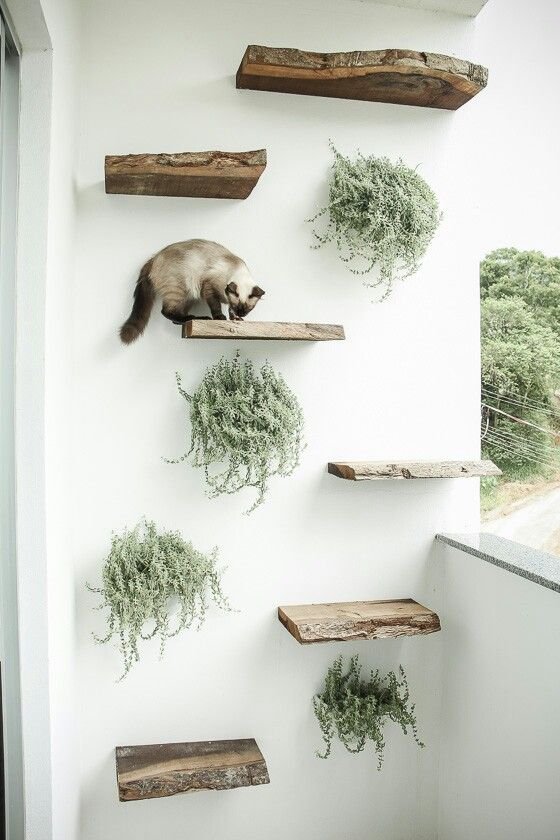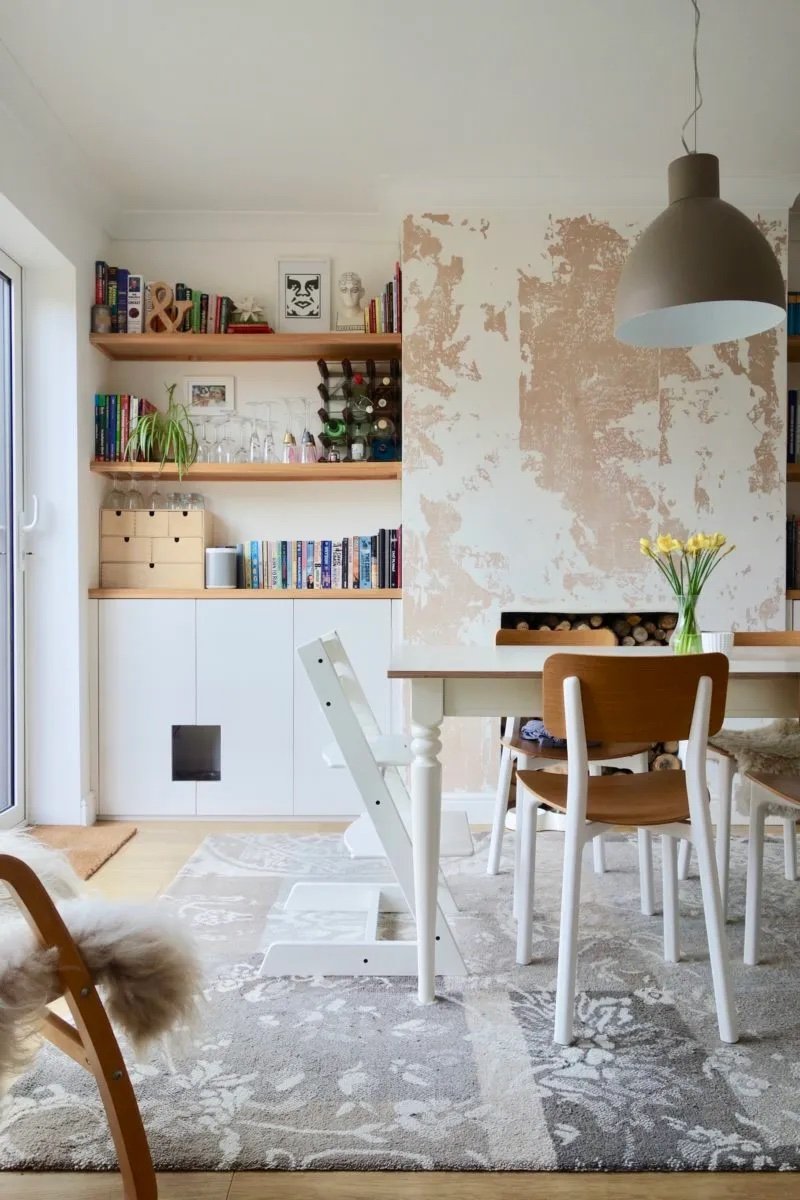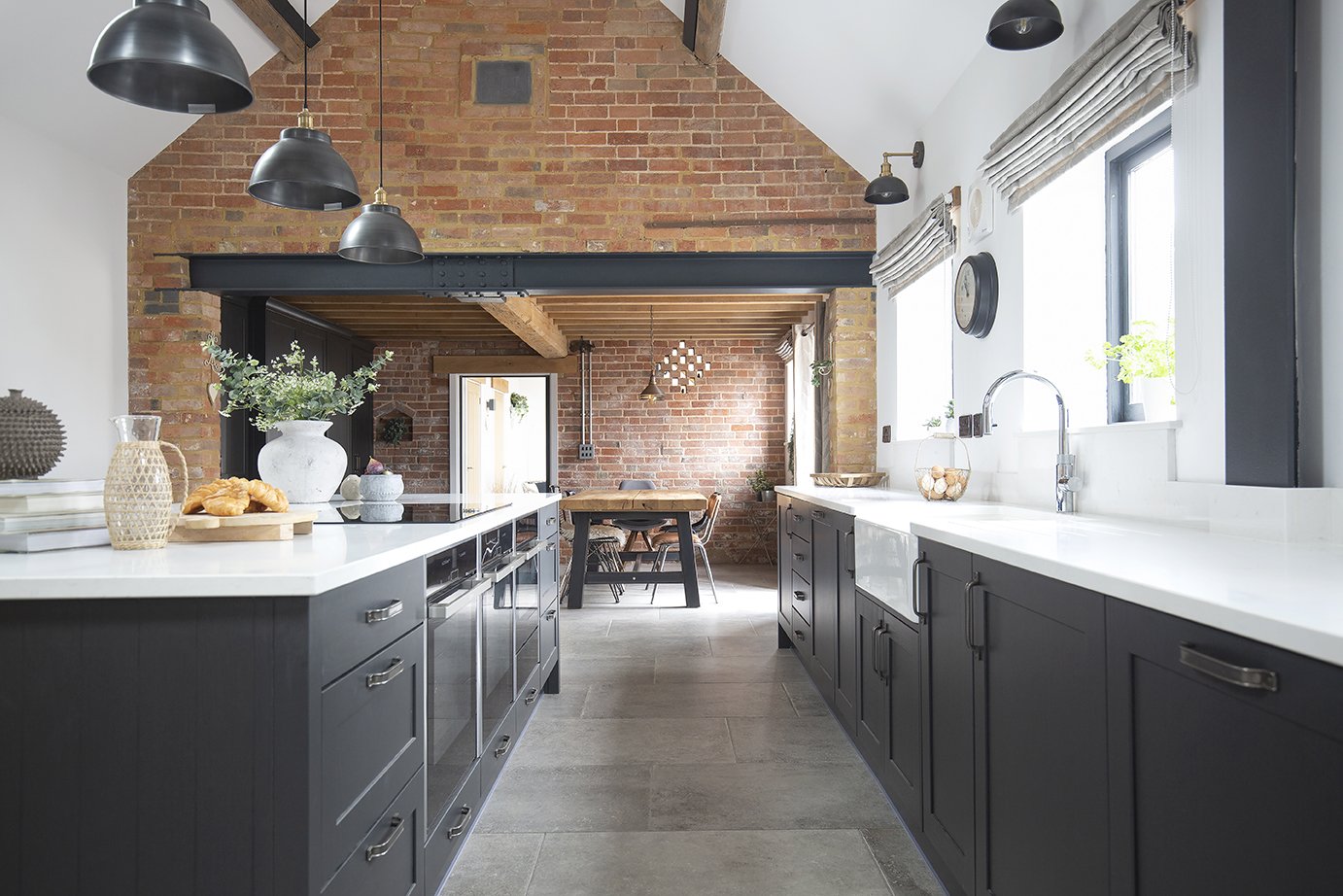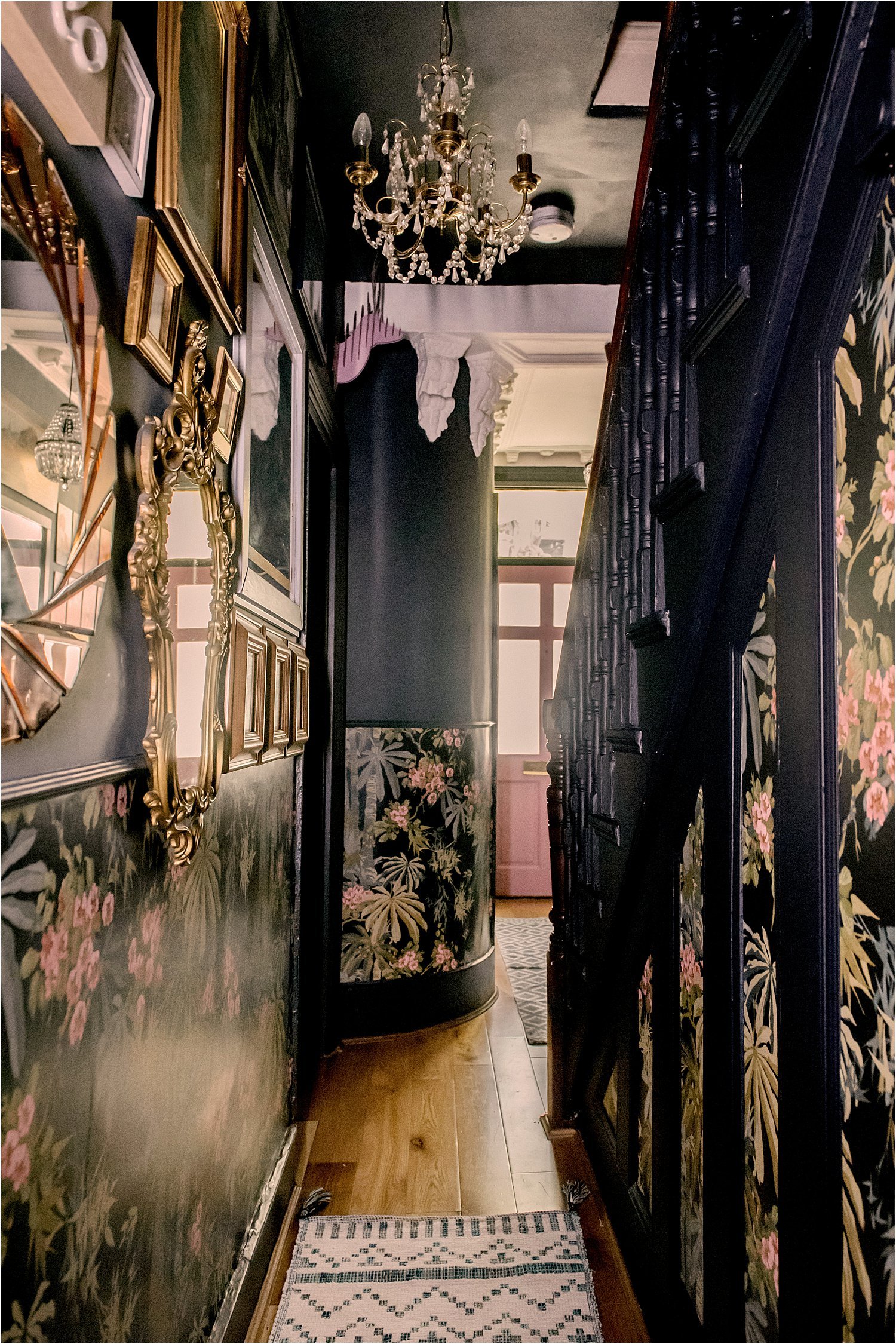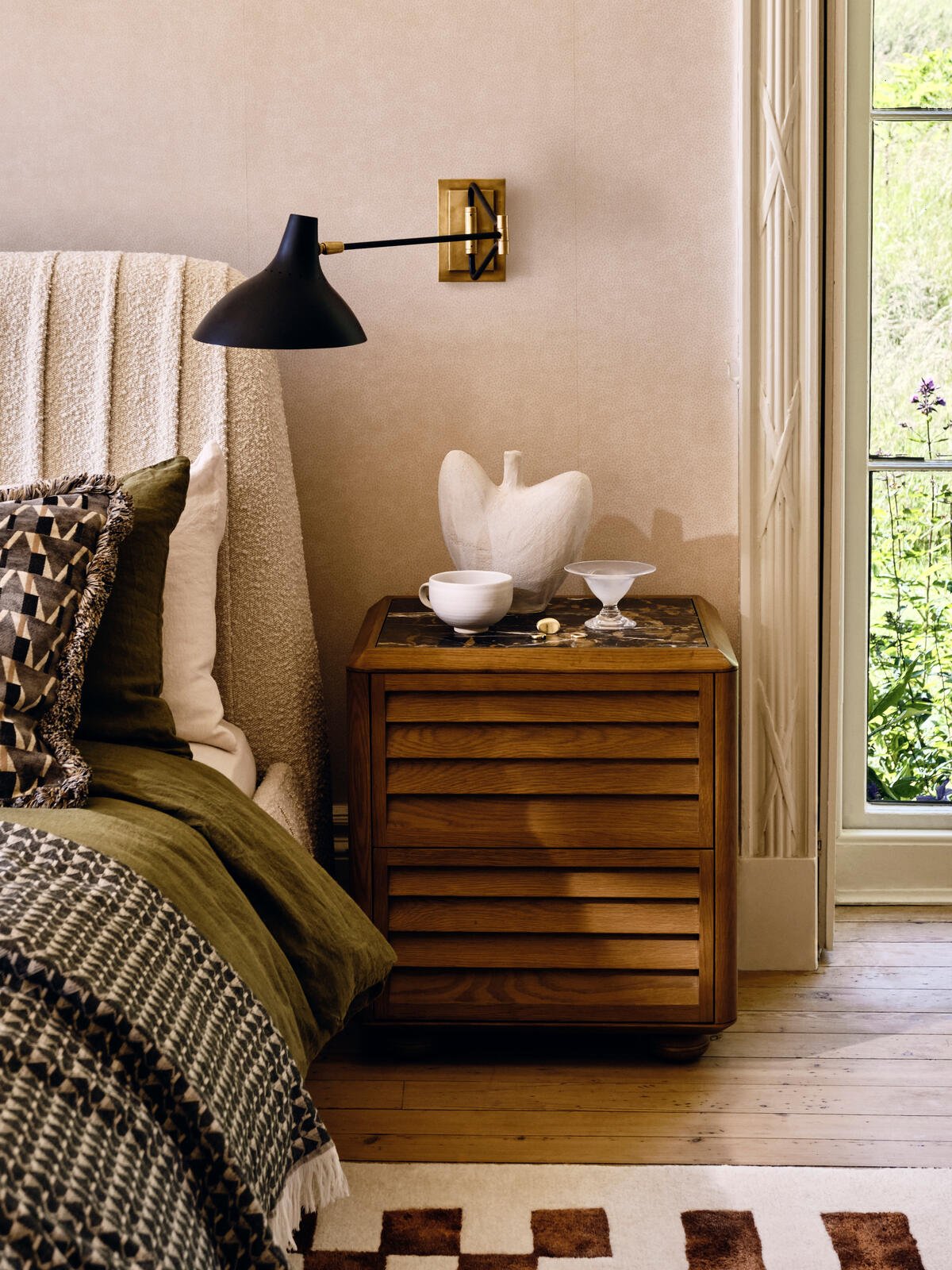Interior design tips for people with pets
It’s no secret that our cat, Howie, is spoilt. And that doesn’t just come down to what we feed him and how much attention we give him - I’ve made him a customised hammocks, he has a piece of furniture which is specifically his, and I won’t mention the number of cat trees we’ve gone through.
If you’re also devoted to your pets, here are some tips to incorporate them into your design choices.
Choose the right fabrics
Whether you have a dog that moults and drools a lot, or a cat that likes to scratch, the choice of fabrics throughout your home can quickly become an issue if you’ve gone for something which isn’t appropriate for the wear and tear which comes with having a pet.
Anything with a loop or an open weave is just asking to have your cat use it as a scratching spot, and I would always suggest avoiding looped carpets if you do have cats. Delicate fabrics like chenille and silk are also easily ruined by claws, and some velvets are a magnet to cat hair (although cats don’t tend to scratch velvet), so I would always avoid these if you do have a messy or a scratchy pet.
Keep plants off the floor
Source: Etsy
Some plants can be toxic or even deadly for animals, so if you have a pet who likes to chew then it’s important to keep your plants in a place they can’t reach.
That doesn’t mean you can’t enjoy house plants - mid-century plant legs are a great option and also come with the added bonus that they make a plant look bigger than it is. Hanging plants in hooks from the ceiling and on tall shelves is a good option too… unless your cat is climber!
Include them in your design choices
Source: Laylo Pets
Source: Smack Bang
When choosing a bed for your pets, you can pick something that complements the rest of your furniture so that it fits the scheme rather than sticks out. Go for something which works with your colour scheme, or a pattern that complements what you already have.
I’ve yet to find a cat tree which isn’t completely hideous, but I love the idea of making a design feature out of some rustic shelves to allow your cat to perch.
Disguise things you don’t want on show
Howie’s litter tray house, bottom left.
Source: Making Spaces
There are some aspects of owning a pet which are particularly un-glamorous, like a litter tray. I’ve seen so many creative ways to hide litter trays, from Ikea hacks all the way up to expensive built-in carpentry.
You can buy standalone furniture which acts as a side table and a litter tray house in one, if you don’t fancy building the cat’s toilet into your home.
Go for hardwearing floors
Source: My Stone Floors
I’ve mentioned avoiding loop carpets, but if you want to take it a step further or if you have particularly large and heavy pets, then a hard wearing and easy to clean floor might be something you should consider.
LVT, tile and stone (porcelain or ceramic) floors are going to be easy to clean and withstand sharp little claws.
Consider your wall treatments
Photography by James Merrell
If you’ve got a particularly mucky pet and you’re worried about your walls, then there are a couple of things you can do to avoid the walls from being ruined.
In higher traffic areas (for example, hallways where you come in from walks), you should avoid darker colours in matte finishes, because these will mark very easily. Lighter colours and paint with more of a sheen will be more hardwearing here - and if you don’t want this finish all over you can always paint the bottom third or half of the wall in a shinier finish and more matte on top. Wallpapering the bottom, either with anaglypta or a patterned wallpaper will do the same thing.
If you’d like my help with your next project, check out my services to see how we can work together. If you’ve enjoyed this blog, don’t forget to subscribe below to receive my new post in your inbox every Sunday.






